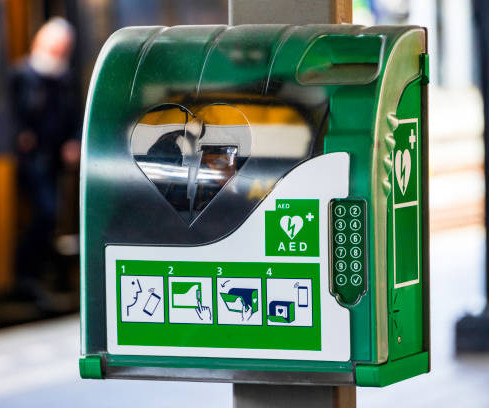Trends in survival from out-of-hospital cardiac arrest with a shockable rhythm and its association with bystander resuscitation: a retrospective study
Emergency Medicine Journal
OCTOBER 26, 2023
Inclusion criteria were non-traumatic cardiac arrests treated with at least one external electric shock with an automated external defibrillator from the basic life support team and resuscitated by a physician-staffed ALS team. Primary outcome was survival at hospital discharge with a good neurological outcome.


















Let's personalize your content